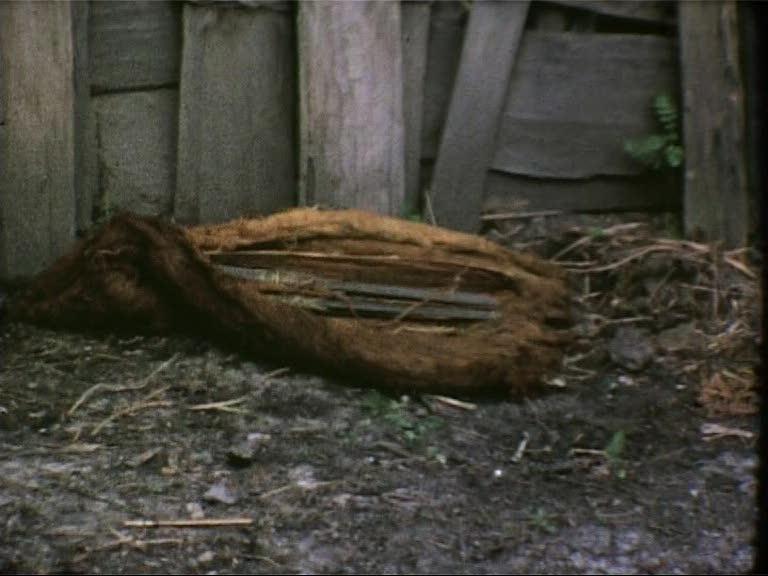

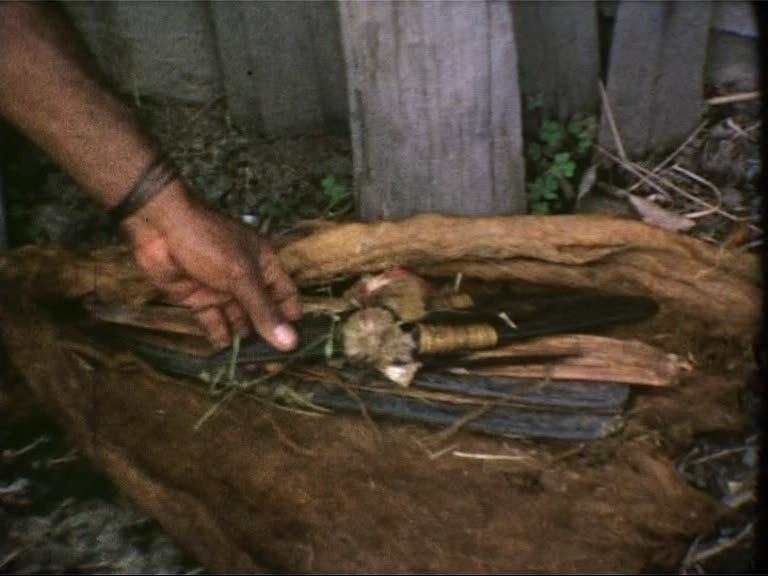

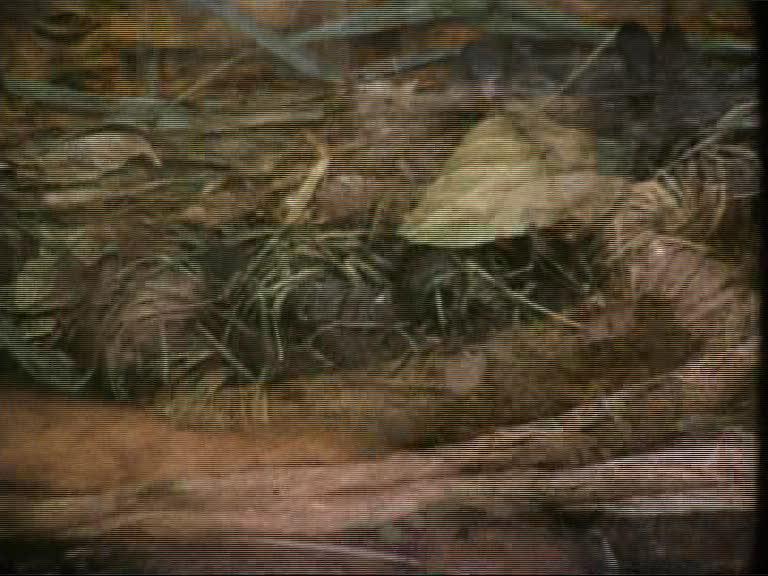

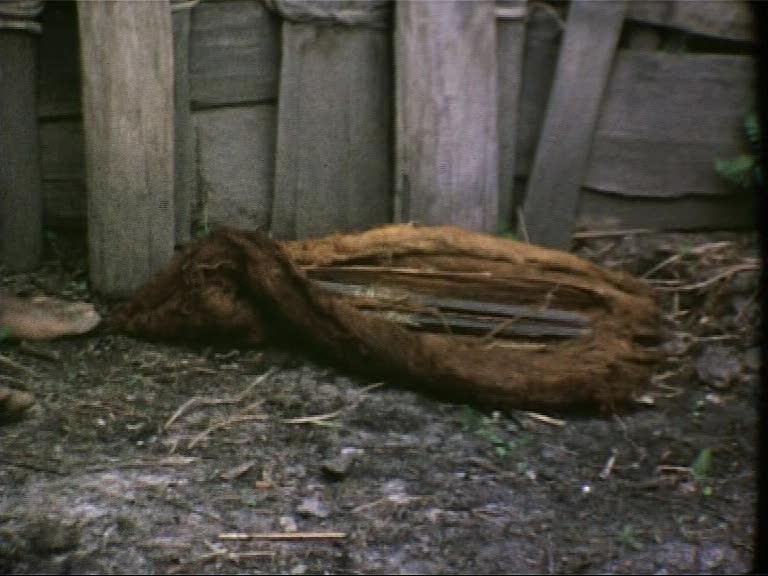

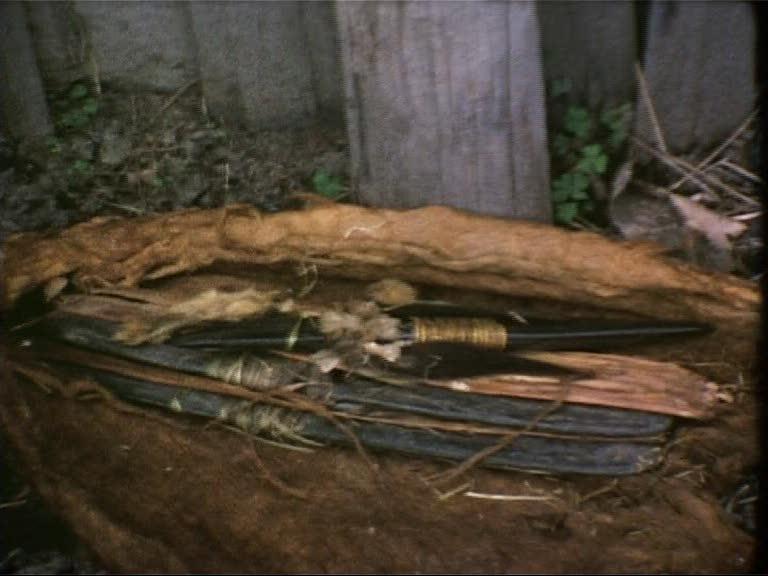

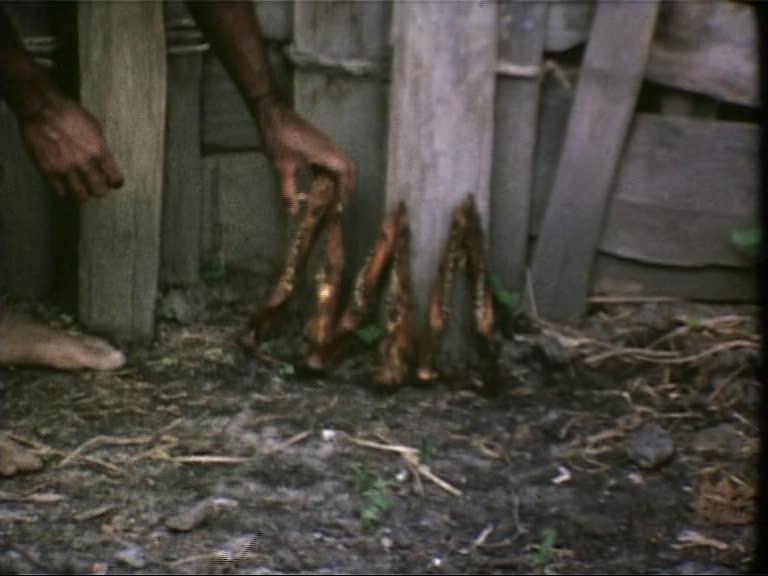



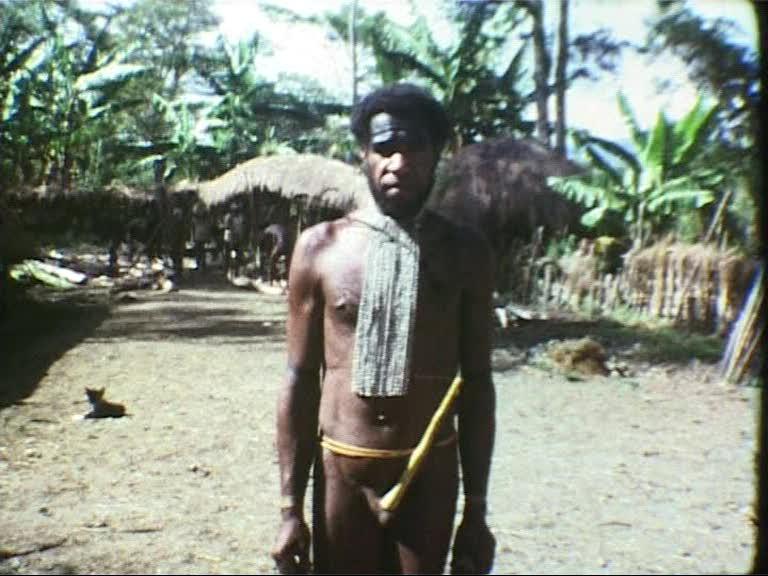

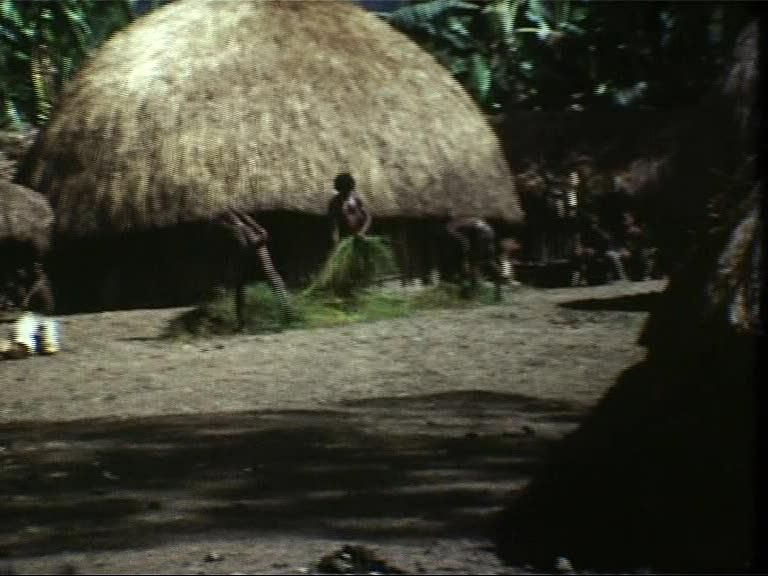

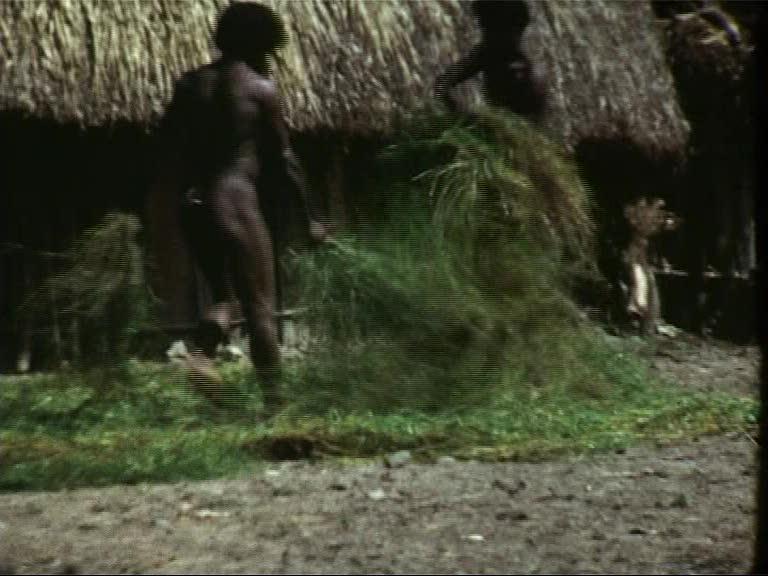

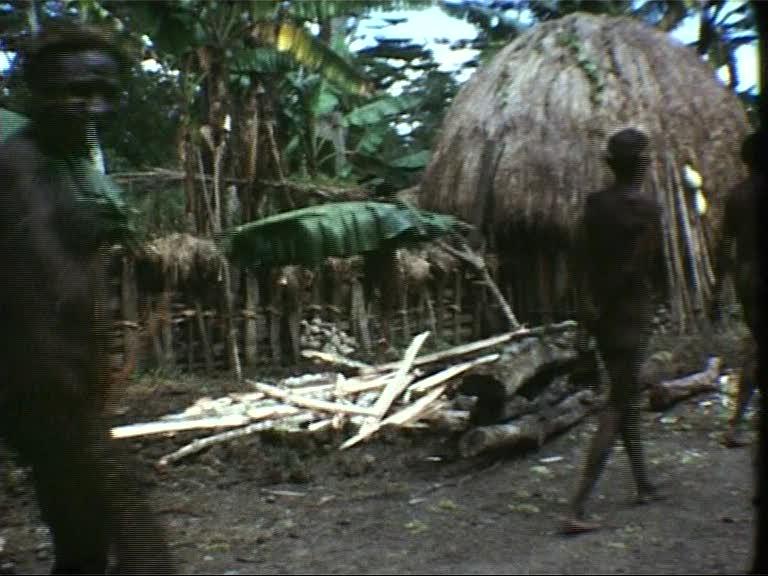

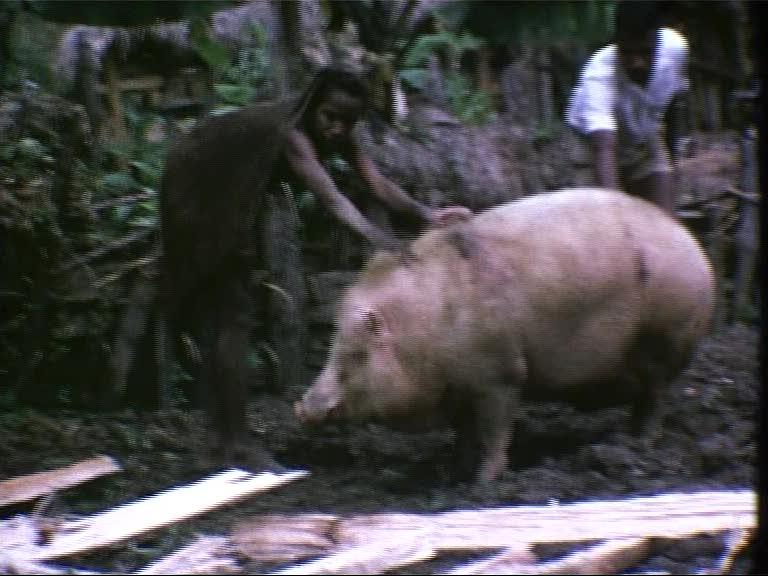

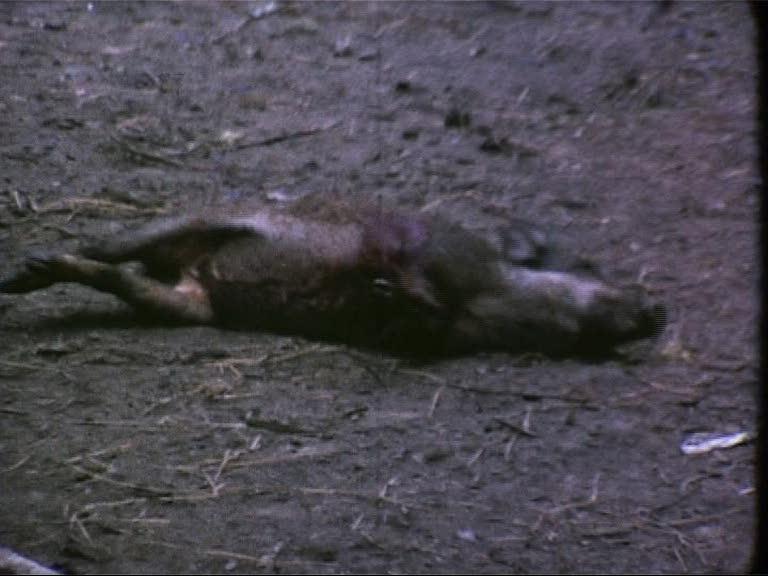

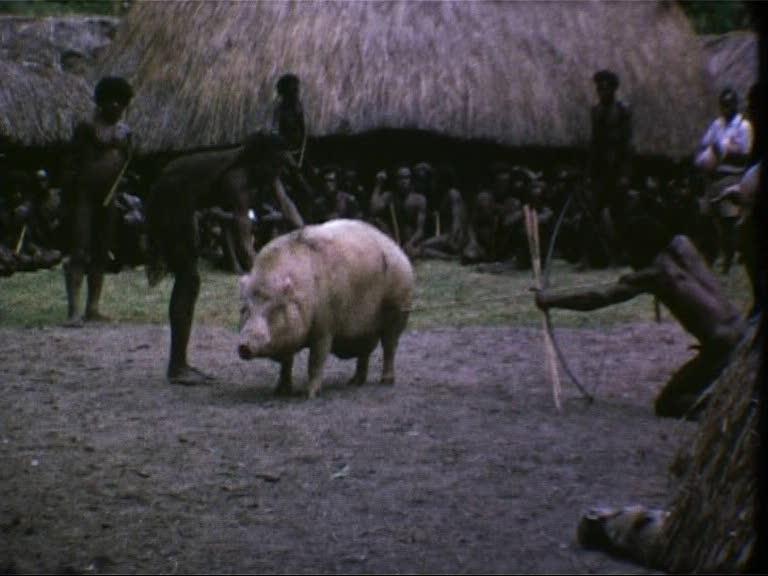

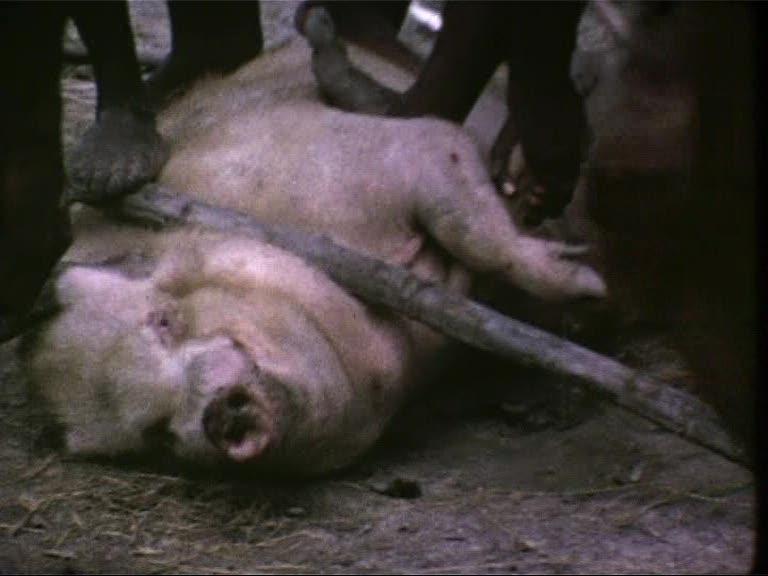

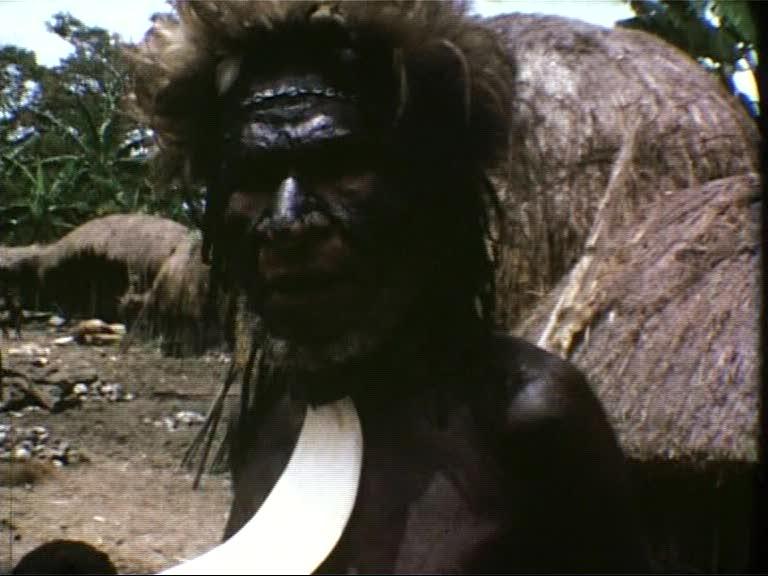

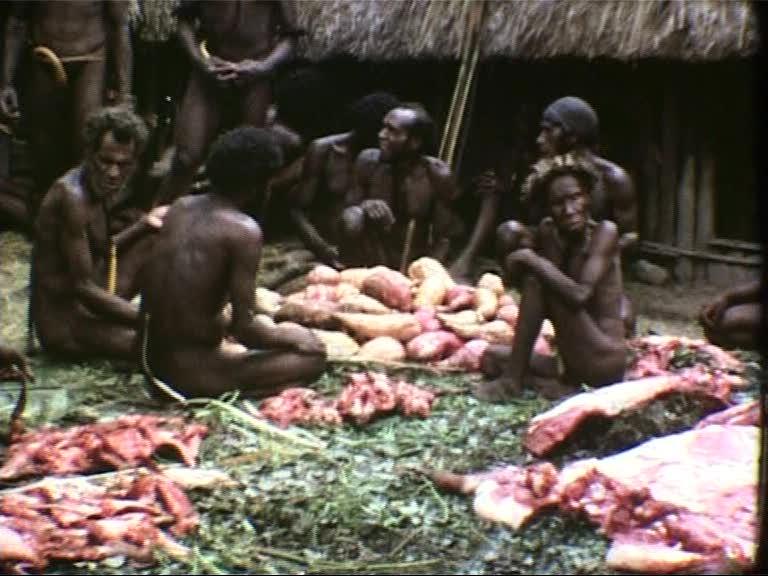

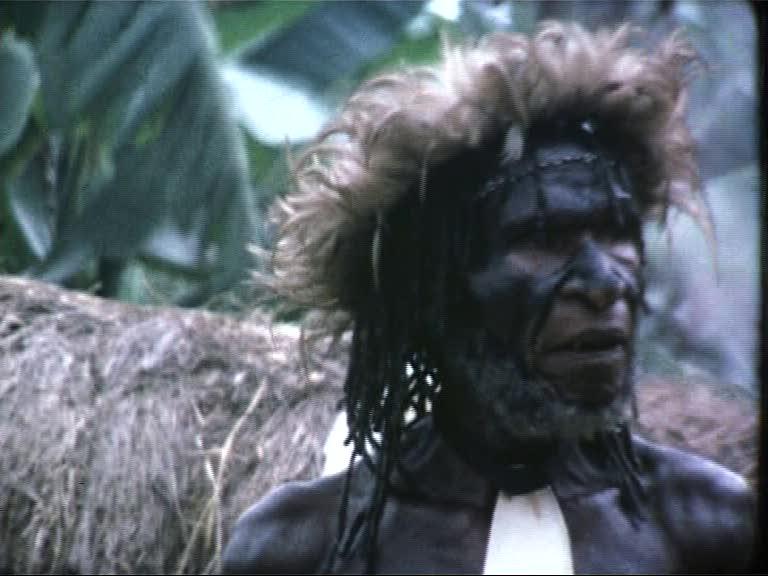



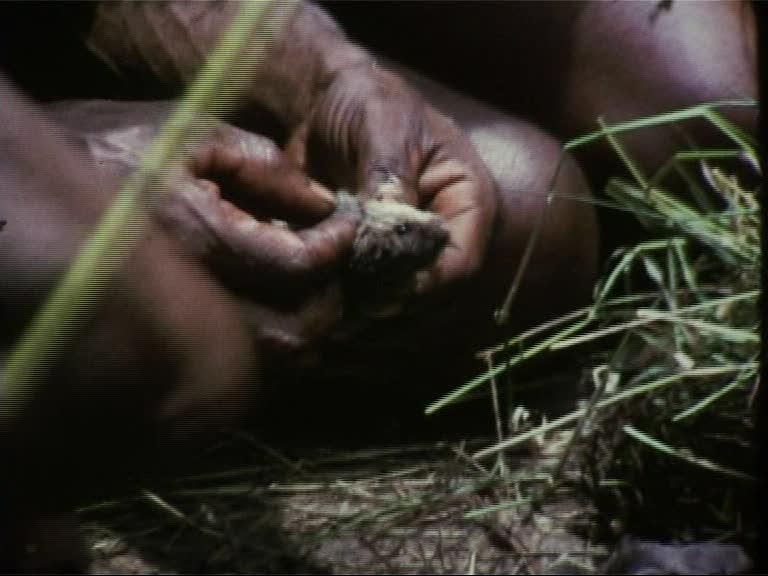

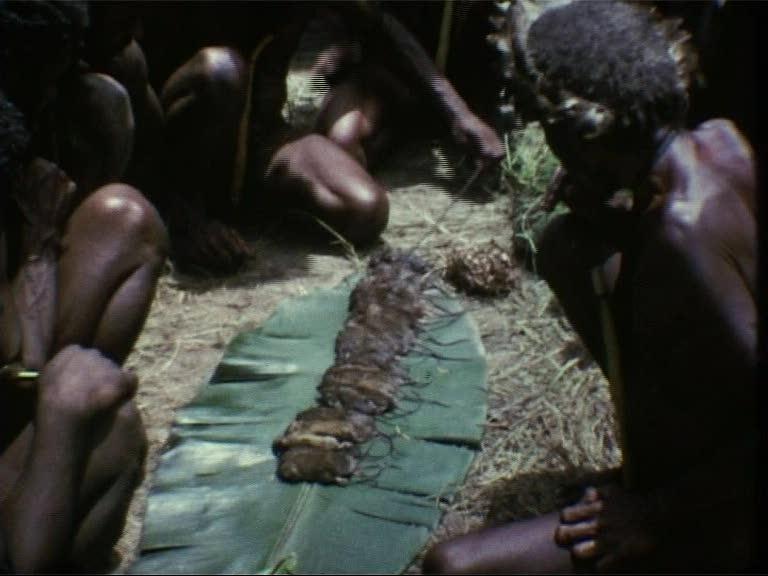

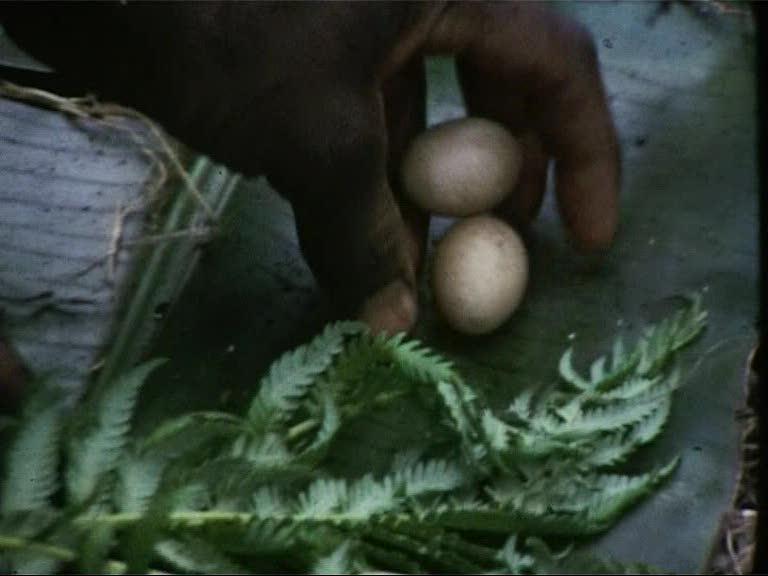

Kaneke
Kaneke
Objectcode
FI/40/2
Film by father Jules Camps OFM, recorded during the 1970s in the central mountain area of Irian Jaya. This film was prepared in the compound of Lukhigin near Yiwika in the Baliem. It concerns itself with essentially three topics: kaneke or objects possessing supernatural power, the kanek feast aimed at the prevention of sickness, and the rat ceremony held as part of this feast to divine certain information.
Contents
Description: This film was prepared in the compound of Lukhigin near Yiwika. It concerns itself with essentially three topics: kaneke or objects possessing supernatural power, the kanek feast aimed at the prevention of sickness, and the rat ceremony held as part of this feast to divine certain information. The actual activities took three days to complete. Unfortunately only the first and third days were filmed and then not all could be included. An effort will be made to provide the material in this description for the sake of continuity and relative completeness. This particular kaneke feast, u tipat bakhawogoluk, was being held to prevent sickness and provide the people with tipat which they would wear around their necks as protection. Individual kaneke items are shown which were important to the local people involved. Kaneke varies from place to place throughout the Baliem Valley, each area having their own. At Lukhigin the most important of all kaneke is the inetoak. This kaneke consists of the seven jaws pictured which are said to be of former leaders. Together they are wrapped with hok eka and individually wrapped with jagat eka. Shown next are the je stones which are said to 'follow kaneke'. The smaller je and the two larger ones are called habo. Wam intoak or pigs jaws from former feasts are also shown, and they too 'follow kaneke'. The informant insists that the real kaneke is the human jaws. The actual kaneke feast, u tipat bakhawogoluk, takes place at Lukhigin and surrounds the tipat and its preparation for use against sickness. The activity begins with gathering of firewood and with the arrival of participants with their hymperi, leaves and grass. For this feast the pelai had been completed. Ninarike is seen in the compound wearing a su pelabe. The significance of this lies in association with the death of a young woman, named Keamente, about 8 months previously. (see Camps 30, Funeral Rites I). The pigs to be killed are then brought into the compound, sometimes having to be encouraged by the women who have cared for them up to this time. Sweet potatoes are also brought in at this time. Not shown, but occurring at this time also, is an activity associated with the next feast and designation of the pig to be killed. Ja-e then brings out the wam sike and the business of killing the pigs is begun and the pigs are laid out in a row. (For a complete description of pig killing and preparing, see Camps 9, Ima Wusan I). The ears and tails are removed to insure the health of future pigs, and later consumed by especially designed persons. The pigs are then cut up. Of special note is the shooting of one pig on the ground and the dipping of sweet potatoes, brought from the pelai, into the pig's blood. A short sequence of the man Polik is shown also. In actuality, he is responding to the threat of rain by reciting special words designed to make the rain go away. For the remainder of the day Polik was watchful that rain did not threaten again. While Polik was calling for the rain to go away, meat racks were prepared and the meat hung. The pits were prepared in the usual way (see Camps 2, Wen Hagasin and Ima Wusan I) and the meat, leaves and potatoes put in. Some hymperi had to be split because at their large size. While the food was being cooked using the steam of the bakte, the bark string known as tipat was individually prepared by each person. Although not shown in the film, as it was done in the evening, this string was wrapped in a bundle containing other objects, heated slightly with hot stones and later opened with special incantations and ritualistic blowing. These tipat were then in possession of power to prevent sickness. Each person then would wear the tipat around his neck. When the food was cooked, it was spread out, divided and distributed to those present. This was consumed by all who then proceeded to rub the grease from the pig on themselves and each other. All the people participated in wam amok wasin. It might be noted that no married women were present during the pig's consumption. After eating considerable amounts of pig fat, el or sugar cane was distributed and eaten to prevent vomiting which can occur. So ended the first day, remembering the tipat portion which occurred later in the evening but not filmed. The second day's activities were also not filmed. The day's activities surrounded the further preparation and consumption of food remaining from the previous day and the construction of the walo leget, but this activity was not done for reasons unknown. The walo leget is a small fence enclosure built behind the pelai into which all ghost are expected to enter. The film resumes with the third day or bagai bikhawogoluk. This activity involves the search for rats (not shown) and their divination to obtain certain information. In this instance to see who will die in the future and perhaps how many will die. The rats are laid out in a row and a stick (later put in the pelai) is passed over each. The information obtained, the rats are cleaned and put into pits which are again prepared with hymperi to be cooked. The cooking completed, the contents are distributed and eaten. Pictured in this part of the film are the tipat already in place about the necks of the people. Persons: 1) Uwo, 2) Ninarikhe, 3) Polik, 4) Halikiok, 5) Wilinkage, 6) Maluk, 7) Weaklekek, 8) Jantuk, 9) Ja-e. Terminology: 1) inetoak: grass wrapped human jaws 2) hok eka: loose leaves with the jaws 3) jagat eka: grass bound around jaws 4) habo: small je or wusa stone and 2 larger wusa stones 5) hisan: grass with kaneke 6) wam intoak: large pig jaws 7) u tipat bakawogoluk: name for particular kaneke feast 8) tipat: wusa string worn about neck 9) wam: general term for pig 10) pelai: term for man's house 11) su pelabe: name given to net carried by man 12) wam sike: bow and arrow used to kill pigs 13) jaga: adze used to break pig's bones 14) bakte: steam pit 15) hymperi: general term for sweet potato 16) wam amok wasin: rubbing on pig's grease 17) el: sugar cane 18) bagai bikhawogoluk: 'let us see the rats'(= term for rat ceremony) 19) kaneke: objects possessing supernatural power 20) walo leget: ghost place or enclosure This description was prepared by Larry L. Naylor, Southern Illinois University, in collaboration with J.A.E. Camps ofm. Informant for this film: Uwo.
Title
Camps 7
Year
1972
Technical detail
Dating
01-05-1972 - 31-05-1972
Color
Silent
Thesaurus terms
Cultural
Cultural origin » Papua » Central Highlands » Centrale Highlands » Baliem Valley » Dani
Geographic
Geographical term » Papua » Division Hollandia » Explorationressort Eastern Highlands » Baliem
References
Bibliographic reference
Heider, Karl G., 1970, The Dugum Dani. p. 146.
PACE collection
FI / 40 / 15, FI / 40 / 18, FI / 40 / 25